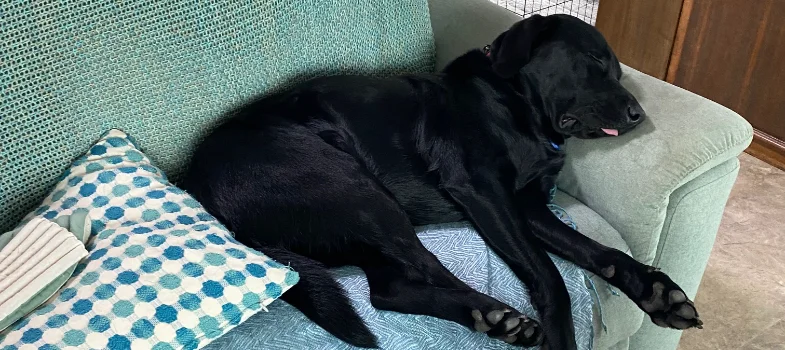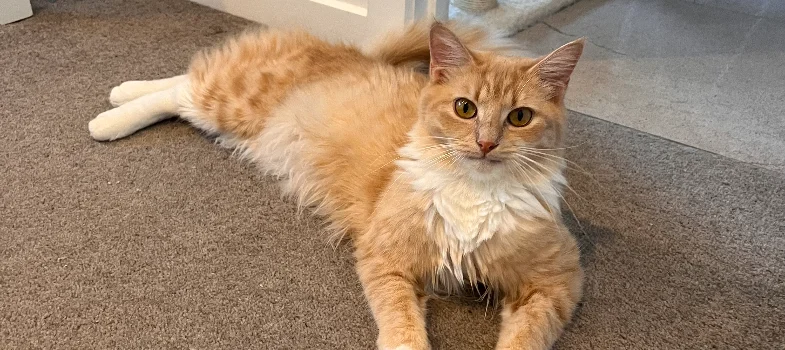Goo
Goo presented with swelling of the right mandible and an unerupted tooth, indicating a potential underlying issue that required further investigation.

This common dental condition in dogs starts with plaque buildup, leading to gum inflammation and can progress to tooth loss and systemic health issues if untreated.
Read More
Thorough cleaning and examination under anesthesia remove plaque and calculus, preventing periodontal disease and ensuring long-term oral health in pets.
Read More
Treating advanced periodontal disease can involve deep cleaning, gum flap surgery and bone grafting to regenerate damaged tissues and restore oral health.
Read More
Teeth are extracted under general anesthesia to address advanced dental issues in pets. Despite extractions, most dogs and cats adapt well and maintain normal eating habits.
Read More
A connection between the mouth and nasal cavities, often due to advanced periodontal disease, requires surgical repair to prevent chronic nasal irritation and infection.
Read More
Consistent home care, including brushing, chews and dental diets, is key to preventing periodontal disease and maintaining your pet’s oral health between cleanings.
Read More
Goo presented with swelling of the right mandible and an unerupted tooth, indicating a potential underlying issue that required further investigation.

Fraser was recently adopted and presented with a notable overbite and mandibular micrognathia, indicating a smaller, underdeveloped mandible.

Bundy presented with advanced periodontal disease, which resulted in multiple extractions at a young age.

Minnie presented with severe juvenile periodontitis, which progressed to feline chronic gingivostomatitis (FCGS).
Copyright Advanced Animal Dentistry 2025
Website by Specialist Vet Marketing.